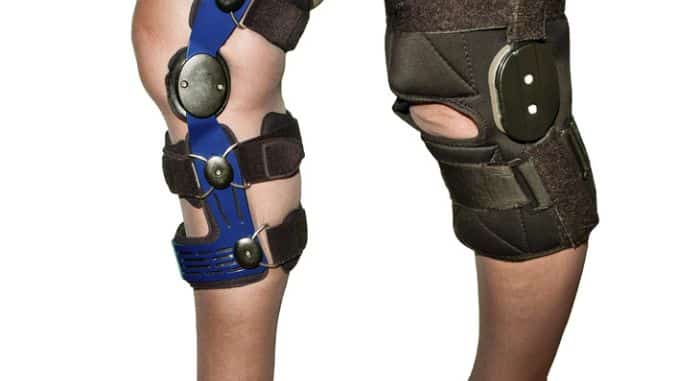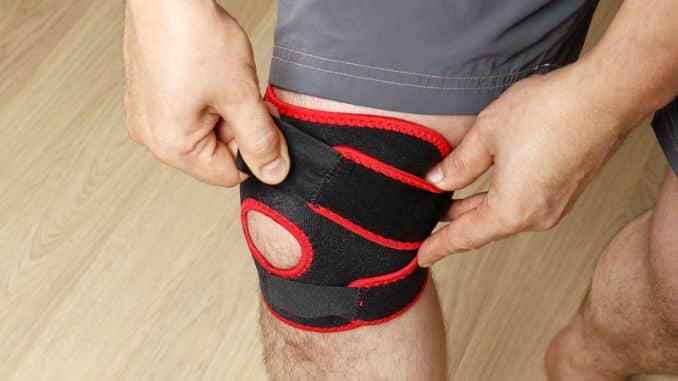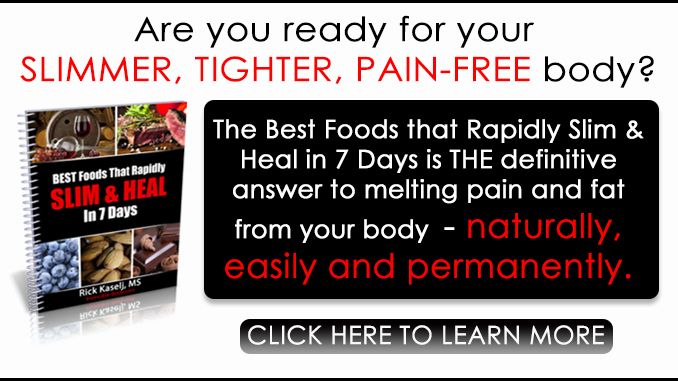
When you’re injured, knowing what to do cannot be easy. Should you rest? Or is exercise the best way to heal? The answer is a bit of both. But which activities are best, and how much do you need? It’s natural to feel worried when you get hurt. You might fear that playing sports again will worsen your injury or even prevent your long-term Recovery. At the same time, going through an injury can also motivate you to improve your health and take action toward a healthier life. This article will explore some of the best nutrition strategies for injuries and Recovery.
The Best Nutrition Strategies for Injuries and Recovery
I’m known as the exercise for injuries guy. I rarely discuss the best nutrition strategies for injuries and Recovery. Today I have a very special article for you written by my friend Lori Kennedy RHN, CEO of WOW! Weight Loss Inc.
You may remember my interview with Lori a couple of months back when we discussed the importance of implementing a turn-key weight loss program into your fitness business.
Today she is sharing her 5 Nutrition Strategies for Improving Recovery after an Injury. Take it away, Lori.
Hi everyone!
Thanks for having me back on the blog again, Rick. I read Rick’s blog diligently because my client demographics are mostly baby boomers. A lot of my clients have injuries that prevent them from engaging in exercise or even being active in their daily lives.
While exercise and rehab routines are necessary to recover from injuries, the nutrition side of Recovery often gets ignored. Since I am a Registered Holistic Nutritionist and not an expert in exercise recovery, I turn to food to help my clients. I’ve been using some fairly simple yet really powerful healing nutrition strategies with my clients that I wanted to share with you.
Strategy 1: Focus On Mono-Unsaturated Fats
Examples of mono-unsaturated anti-inflammatory fats are Omega 3 essential fatty acids like olive oil, fish oil, avocado, salmon, and certain nuts/seeds like walnuts, flax oil, and flax seeds. To keep inflammation in check, clients must consume these foods daily.
While we don’t want to greatly limit the inflammation process because it’s required for healing, we want to make sure inflammation doesn’t become a problem that can lead to reduced blood flow and lack of mobility.
The most popular solution I use is to have clients take between 3 to 9 grams (based on body size) of an Omega 3 supplement daily. The chances of them eating the appropriate amount of mono-unsaturated foods daily are slim. You will experience better compliance with the supplements recommendation.
Strategy 2: Add In Strategic Foods Or Supplements
Research shows that some well-known foods can aid in injury recovery. While these foods are readily available, it’s highly unlikely that your clients will remember to consume them daily.
- Bromelain: (from pineapple): 1 cup daily OR 500 – 1000mg daily
- Garlic: 2-4 whole cloves daily OR 600 -1200mg extract daily
- Turmeric: 1 tsp daily OR 400 – 600 mg daily
I suggest that they aim to include these elements as food sources but supplement on days when they can’t. Most clients are not going to have four cloves of garlic per day.
Strategy 3: Ensure Adequate Daily Caloric Intake
It’s quite common for appetite to decrease when clients are injured. It’s also common for injured clients to think they need to eat less because they cannot exercise to burn calories.
This is faulty thinking. During an injury period resting metabolic rates increase between 15 – 50%, depending on the injury. If the client decreases their caloric rate, they could slow the repair and recovery process because the body is not getting enough energy to cover the metabolic healing demands.
This can be remedied by getting your clients to do a simple 3-day diet diary. You can survey your clients’ intake over three days to ensure they consume enough calories.
Strategy 4: Getting Enough Protein
When appetite is already low and the client is in pain, they will most likely consume a diet full of carbohydrates. Just like the anabolic training process requires protein, the healing, and remodeling process does.
If I were to explain to my clients that they need 1 gram of protein per lean pound of bodyweight, they would look at me like I had two heads. Instead, I give them a very simple visual representation of the portion size of protein they should consume three times per day.
Two closed palms for men or one closed palm for women. Flat palms, not closed fists.
I provide a small list of quality proteins: eggs, chicken, turkey, beef, fish, bison, BioTrust protein powder, and Greek yogurt.
Strategy 5: Compliance Checklist
While it’s all well and good to be giving your clients this helpful information, it only serves them if they follow it. How do you get your clients to remember to take the supplements and eat the foods when they are in pain and angry about their injury?
I create a simple checklist they print and post on their fridge as a reminder. Each day it lists what supplements they need to take and the foods they should eat. When they complete their goals for the day, they put a checkmark.
As you can see, these are easy nutrition strategies you can recommend to your healing clients. You don’t need any fancy certification or credentials to be able to give these basic tips.
Thanks, Lori. Great advice! If you want a turn-key whole foods-based nutrition program to implement into your business, check out the WOW! Professional Certification



